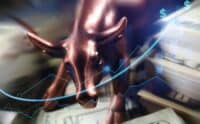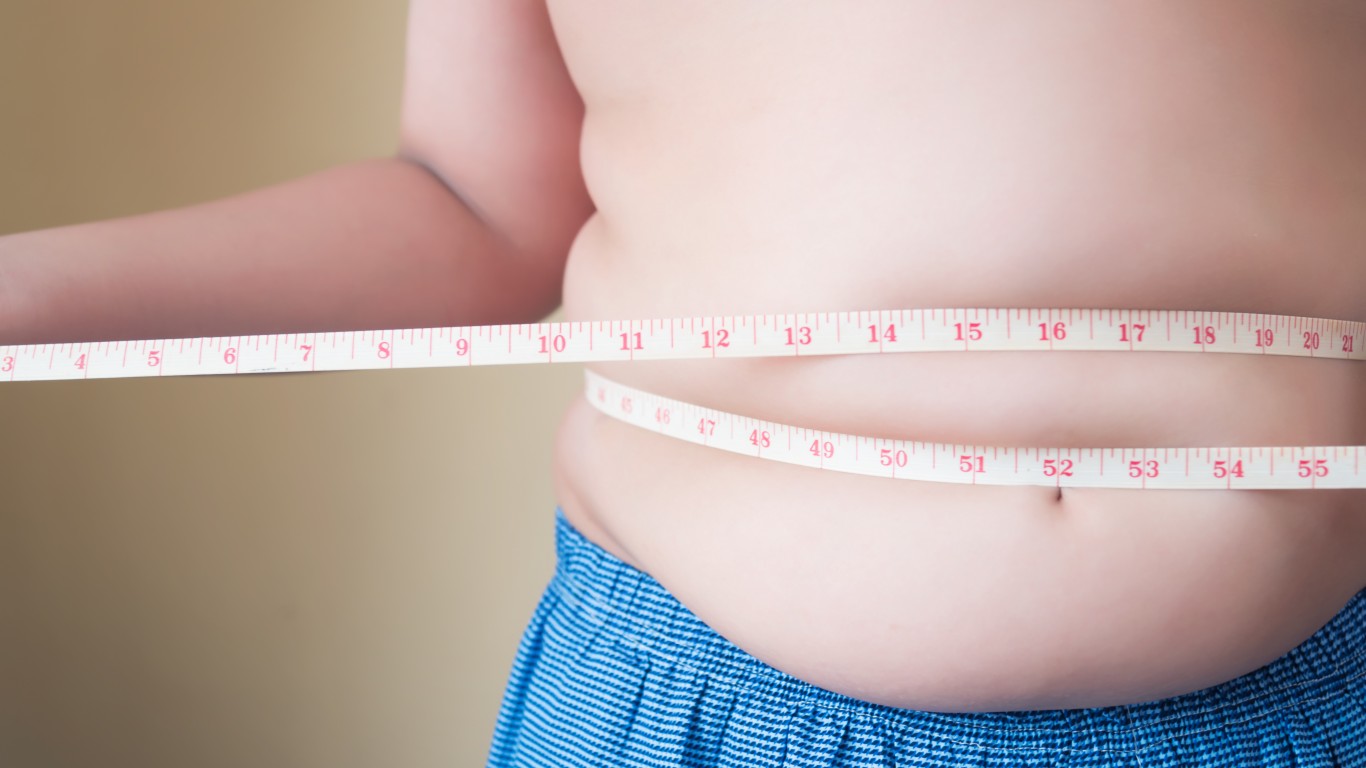
A recently published Pew Research report compiled experts’ forecasts on AI by 2035, with most depicting unprecedented transformation. Terri Horton at FuturePath summarized the AI revolution as heading to “exponentially transform human connections.”
“By 2035, generative artificial intelligence (GAI) will be fully integrated across the employee experience to enhance and direct knowledge acquisition, decision-making, personalized learning, performance development, engagement and retention.”
The question is, which entities will make that transformation happen? Investors have to look at both the software and hardware side of the AI equation. Which large language models (LLMs) are ahead in dataset training, and which hardware suppliers facilitate machine learning?
Performance-wise, three companies have their proverbial foot in the AI door. Their gains, up until the end of May, were spectacular.
C3.ai (AI)
California-based C3 was founded in 2009, originally launched as a corporate tool to measure carbon footprint. The “C3” stands for this, as in three ways to manage carbon emissions – measure, mitigate and monetize. The company rebranded and went public in December 2020 under the psychologically beneficial ticker AI.
AI’s initial public offering (IPO) price was at $42.
C3.ai got on the Forbes AI 50 list for two consecutive years since then. Its core product is C3 AI Suite, a platform for developing and integrating AI-powered apps into enterprises. This includes real-time analytics, ML algorithms, data integration, and user-friendly feature engineering.
In short, the company streamlines AI integration into existing business operations to automate various tasks previously performed by humans. The AI Suite toolset also penetrated top cloud services: Google Cloud, Microsoft Azure, and Amazon Web Services (AWS).
Thanks to C3’s AI Suite flexibility, the company landed 10 deals across manufacturing, energy, telecom, healthcare, financial services, and government in the last fiscal year. Year-to-date, from January to May, AI stock soared by nearly 291%, reaching $44 per share on May 30th.
This record was broken once-again two weeks later, having reached an all-time high of $46.46 per share. However, after analysts highlighted that C3.ai’s deals in this fiscal year are largely pilot projects, investors perceived the company’s stock as overpriced.
Although C3.ai’s year-to-date performance is still solid at 195%, the last month’s gains were humble +16%, slowly returning to May’s under $30 per share. This is the price target the investment bank DA Davidson gave the company in early June.
Until the company secures more long-term contracts, C3.ai, as a mid-tier AI plugin provider, is out of hype air.
Microsoft (MSFT)
Having invested $1 billion into OpenAI in July 2019, Microsoft has a leg up on other companies. After all, OpenAI’s ChatGPT created the AI hype in the first place as it took the internet by storm. Microsoft is projected to invest $10 billion, bringing OpenAI’s valuation to $29 billion.
Microsoft is ideally suited to deploy AI software as an established software giant. This has already happened with Microsoft Bing AI Chat, powered by the latest GPT-4 LLM. Likewise, the existing Azure and Power Apps services provide developers with AI rails to deploy plugins.
Given these natural advantages and de-facto monopoly on Windows OS and Office suite, investors expect Microsoft to lead AI transformation as it gets integrated into a full product spectrum. Owing to the hype, MSFT stock nearly broke its ATH price this year. In December 2021, MSFT topped at $336 per share, inches away from the present $331.
Microsoft’s current price-to-earnings (PE) ratio is 35.87. Although high, it is drastically smaller than Amazon’s 294 or Tesla’s 74. Given the large AI ground Microsoft is yet to exploit with its impressive infrastructure and ChatGPT-led advantage fully, this suggests that MSFT is nowhere near the top.
Nvidia (NVDA)
Video card-maker turned AI hardware supplier Nvidia has been the main beneficiary of the AI revolution. Even established software giants, from Microsoft’s Azure to Amazon’s AWS, need data center hardware to scale AI, prompting demand. Nvidia cornered the market with its Tensor Cores chip lineup, enabling high-performance computing (HPC) needed for AI.
Thanks to Nvidia’s unique blend of proprietary software and hardware and established dominance in the GPU market for video gaming, the company is now up 12,000% since it went public. Having joined the exclusive over-$1 trillion market cap club, NVDA stock shows few signs of stopping.
Nvidia’s June performance shows only 6.4% gains, now at $403 per share. At a very high price-to-earnings ratio of 214, investors view the stock as overpriced.
In other words, all the big players – Microsoft, Alphabet, Meta Platforms, Apple, Nvidia, and Tesla – were the obvious AI stock plays. But at this point, this has been largely baked into their current valuations.
This is also apparent from June’s low Taiwan Semiconductor Manufacturing Company (TSM) performance of only +0.76%. While Nvidia may be the key AI hardware supplier, it relies on TSM for chip production owing to its fabless structure (outsourcing hardware fabrication).
This article originally appeared on The Tokenist
Thank you for reading! Have some feedback for us?
Contact the 24/7 Wall St. editorial team.





